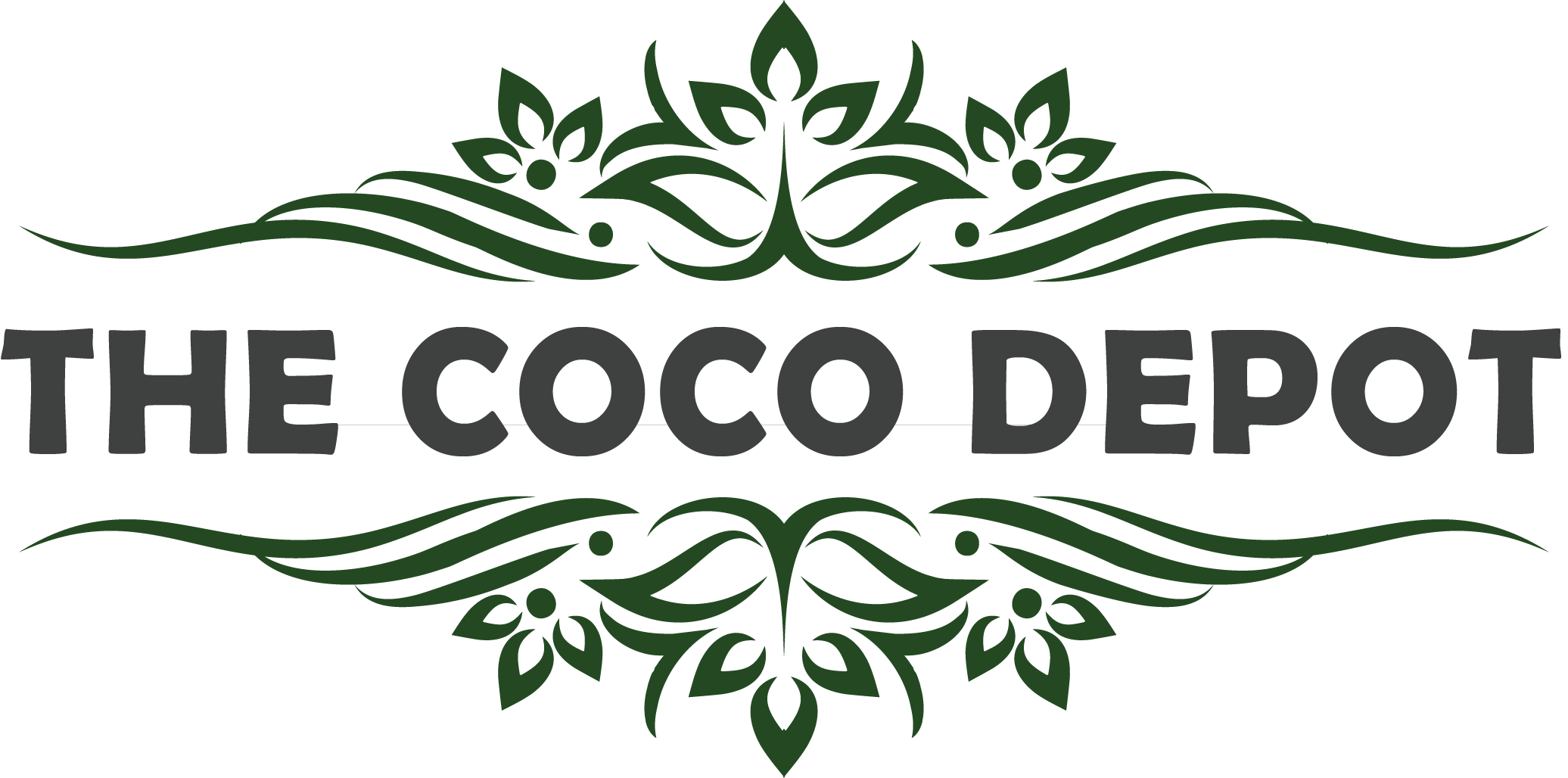Coco-peat is a versatile growing medium made from coconut husk that yields considerably healthier plants with less watering and fertiliser. Coco-peat is an environmentally friendly growing medium that produces great results. It's most commonly used as a soil amendment. In the garden, it's utilised similarly to sphagnum peat. When applied alone or as a component in the soil, it improves water retention, aeration, and gives antifungal advantages.
Why coco peat is good for plants
Cocopeat is seen as a sustainable alternative to soil by gardeners. Cocopeat-grown hydroponic plants grow 50% quicker than those grown on soil. It also eliminates the need for fertilisers, herbicides, and pesticides because peat contains enough nutrients on its own.
Coco peat is excellent in terms of water retention, wettability, drainage, and aeration, as well as disease, pest, and weed resistance. Coco peat can be utilised as a soil-free growing medium for gardening plants as well as in aquaculture conditions. Fill planters with reconstituted bricks, leaving 1 inch of space below the rim. In the centre, plant a seed or seedling. When a plant is planted in coco peat, fertiliser and soil will be required to keep it alive for the long term.
Peat retains water for a long time, it minimises the amount of water required as well as the work required to water the plant. Because it is porous, it allows for improved aeration of the roots. When coco peat is made into pots and pans, it can be used as a soil substitute as well as a plant holding.
Benefits of using coco peat for growing plants
The main advantage of coco peat is that it is more environmentally friendly than other compost options like peat moss. It is made from the pith layer within a coconut and is a completely natural by-product, making it one of the most environmentally friendly planting options available.
Coco peat is completely re-usable, which adds to its environmental worth. It may be cleaned and strained once it has been used to grow plants in one pot, and it will be as good as new. This not only reduces its carbon footprint, but it also makes coco coir a cost-effective solution.
Along with its anti-fungal characteristics, coco peat is a fantastic choice for keeping your plants healthy. It's also mould resistant, which means it'll keep your plants safe from illness and decay as they grow.
Coir has a pH range of 5.8–6.8 and is somewhat alkaline. This is widely thought to be the perfect pH for compost to release nutrients, and it eliminates the need for a neutralising solution.
Coco peat is highly absorbent and also stores water and releases it slowly, allowing your plant to absorb it more effectively. This implies that after you've finished planting, coco peat will take care of a lot of the maintenance for you.
Coco peat is befitting for Flowering plants as well!!
The pith within a coconut husk is used to make coco peat. Its antifungal properties make it a great seed starter, but it's also used in rugs, ropes, brushes, and as stuffing.
In gardening, coco peat is used as a soil additive, potting mix, and in hydroponics. Many exotic plants, such as ferns, bromeliads, anthuriums, and orchids, are grown in it. Coco coir is so environmentally friendly that it's reusable and easy to use; all you have to do is rinse and strain it, and it'll be good as new. Peat holds a lot more water and releases it gradually to plant roots. It aids the growth of flowering plants.
Because the coir has few nutrients to disperse, you'll probably want to put in a time-release fertiliser if you're planting in coco peat alone. When utilising hydroponics or coco, flowering plants require additional nutrients during the growing phase. B Bloom Hydro Coco 5.28Gallon by dutchpro RO/SO Water Base Feed for plants during the flowering phase growing in hydroponics or coco.
It's a bloom base feed that provides all seventeen essential nutrients during the blooming process. If you're going to use soil and add coco peat as an aerator or water retainer, the product should only make up 40% of the medium. Always keep coco peat moist and check for plant water demands on a regular basis.

